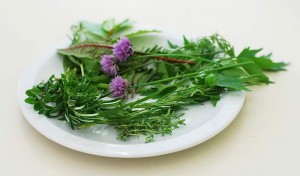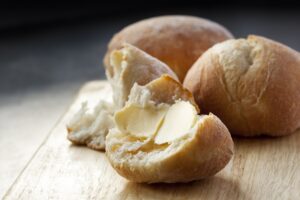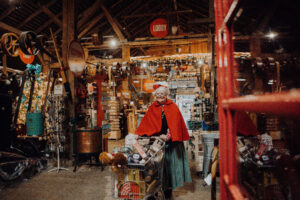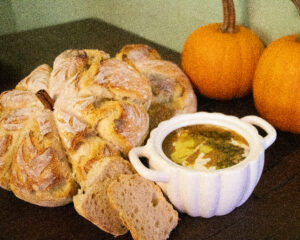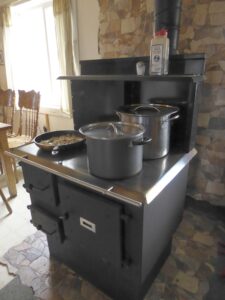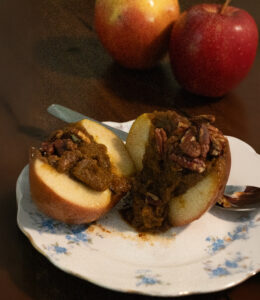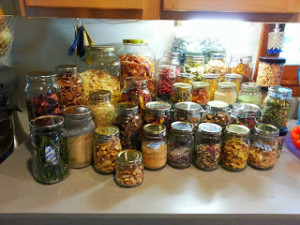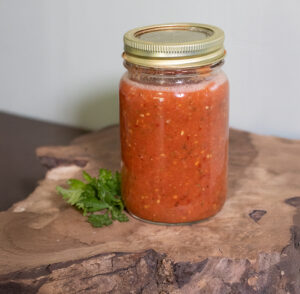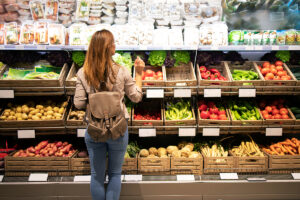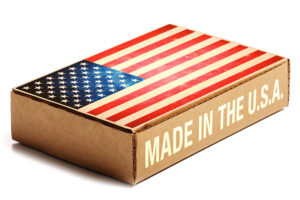Warm weather is known for a great migration of outdoors activities, family gatherings, camping, picnics, and of course, barbeques.
Entertaining and eating outdoors poses some unique risks and hazards. Good preparation and planning is vital to ensure your outing if both fun and healthy.
The number of food borne illnesses increases during the summer. Here’s why:
- Bacteria love the hot, humid days of summer, and grow faster then than at any other time of the year. When the temperature is above 90 F, the time perishable food can be left outside the refrigerator or freezer drops from two hours to one hour.
- At the same time temperatures rise, we’re more likely to leave food unrefrigerated for longer time periods. Food sits out at picnics, barbecues and during travel.
- Washing facilities and thermostat-controlled cooking appliances often are not available at picnic and camping sites.
- People may leave their food thermometer in their kitchen when cooking outdoors.

Beat bacteria this summer with these seven tips, tools and travel-safe foods, courtesy of the USDA.
1. Chill Out!
Avoid providing a playground for bacteria while en route to your outing. Keep perishable foods cool by transporting them to a picnic site in an insulated cooler kept cold with ice or frozen gel packs. Perishable foods include meat; poultry; seafood; eggs; dairy products; pasta; rice; cooked vegetables; and fresh, peeled and/or cut fruits and vegetables.
Pack the cooler immediately before leaving home with foods that have been kept chilled in the refrigerator.
Avoid frequently opening the cooler container containing perishable food. Pack beverages in one cooler and perishables in another.
Keep the cooler in an air-conditioned vehicle for transporting and then keep in the shade or shelter at the picnic site. To avoid frequently opening the cooler, open it once to remove only the amount of food that will be eaten immediately. Keep raw meat, poultry and seafood wrapped separately from cooked foods, or foods meant to be eaten raw, such as fruits and vegetables.
Throw away any perishable leftovers that have been kept out over two hours (or one hour if the temperature is above 90 F). Basically, “When in Doubt – Throw it Out!”
2. Ice Cream “Egg”-xactly As You Like It!
Don’t let a favorite homemade ice cream made with raw eggs cramp your style with a possible food borne illness. Substitute a non-egg product in your recipe. There are many egg substitutes are available in the market place. Or, use a premade ice cream mix.
3. No Poking Allowed 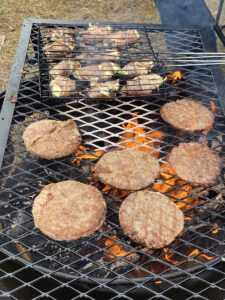
Poking and stabbing meat with a fork or knife when placing or turning meat on the grill can cause a loss of juices that keep meat moist and tender. Piercing meat also can affect food safety. Poking with little or big fingers can also pose a risk of contamination.
Bacteria normally are found only on the external surface of larger cuts of meat like beef steaks. Steaks are safe if cooked to 145 F (versus 160 F for ground-up meat like hamburgers) since the outside will reach a temperature high enough to kill these surface bacteria. However, if a steak is poked with a fork or knife, these bacteria can be pushed into the steak and then the steak must be cooked to 160 F, the same as hamburger.
Use long-handled tongs to handle meat on the grill. Use a SEPARATE set of tongs for removing COOKED meat, poultry and seafood from the grill.
4. Safe at the Plate
Avoid cross-contamination. Place cooked meat, poultry and seafood on a clean plate, rather than the plate on which it was carried to the grill.
5. What’s Hot, What’s Not!
Rather than worry about keeping hot foods hot and cold foods cold, limit the number of perishable foods on your menu, especially if you’ll be at a picnic site for several hours. For example, serve:
- potato chips instead of potato salad;
- washed whole fruit (apples, oranges, bananas, plums, peaches, etc.) instead of a cut-up fruit salad;
- cookies or brownies instead of a perishable cream-filled pie.
6. Get a Handle on Hand washing
Unwashed hands are a prime cause of food borne illness. Whenever possible, wash your hands with warm, soapy water for 20 seconds before handling food. When eating away from home, pack disposable towelettes or hand sanitizing gel if no facilities are available.
7. Shower Power
Though only the inside of melons (watermelon, cantaloupe, honeydew melons, etc.) is eaten, their outer rind still must be washed. Bacteria present in the soil can contaminate the skin of the melon. When the melon is cut, these bacteria are transferred to the part we eat and can grow to levels that cause food borne illness.
Give your melon a shower! Wash the surface of melons thoroughly under clean, running water before eating them.
Cut melons on a clean cutting surface, using a clean knife. If facilities for cleaning melons aren’t available at the picnic site, wash and slice melons before leaving home. Transport them to the site in an insulated cooler kept cold with ice or freezer gel packs. Remove from the cooler just before serving them.
Thanks to the USDA (www.usda.gov) for help with these wonderful tips. Enjoying the company of family and good friends with a outdoor cookout is wonderful! So pack the sunscreen and head outdoors to enjoy your summer celebrations.


